They say the night hides strange creatures, and none is more infamous than the chupacabra—the bloodthirsty “goat-sucker” that has haunted the dreams of farmers and thrill-seekers alike. But what if the legend that terrified rural communities and inspired countless TV shows is actually built on a web of misunderstandings, misidentifications, and our own longing for the mysterious? Journey with us as we unravel the chilling tale of the chupacabra and reveal the real science behind the screams.
The Birth of a Monster: Where the Legend Began

The chupacabra legend exploded into popular consciousness in the mid-1990s, first in Puerto Rico. Reports described a terrifying creature stalking livestock, particularly goats, draining their blood and leaving behind baffling corpses. The name “chupacabra” literally means “goat-sucker” in Spanish, a chilling moniker that quickly caught fire across Latin America. While tales of blood-sucking beasts are ancient, the chupacabra was something new—a modern monster born from media frenzy and the anxieties of rural life. The timing was perfect: sensational news coverage and the rise of the internet helped spread the story like wildfire, making the chupacabra a household name almost overnight. This origin story is a powerful reminder of how folklore can be shaped by fear, uncertainty, and the speed of communication.
Eyewitness Descriptions: A Creature of Many Faces
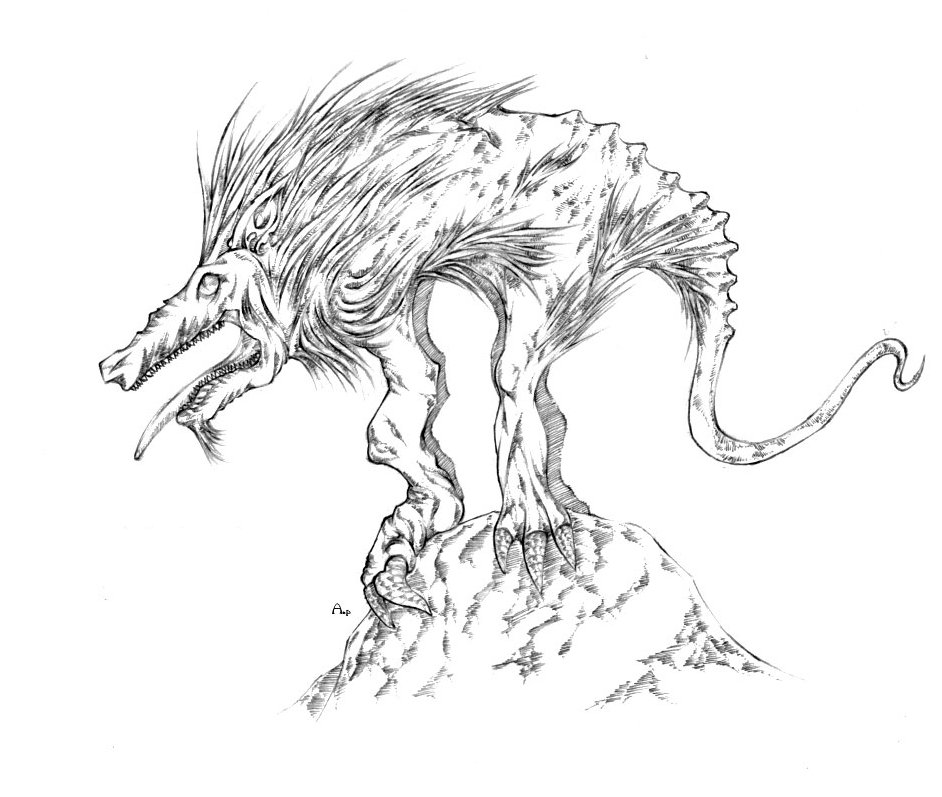
Ask ten people to describe the chupacabra, and you might get ten wildly different answers. Some say it stands upright, with spines running down its back and glowing red eyes. Others insist it looks more like a hairless, wild dog with fangs and leathery skin. The earliest reports from Puerto Rico painted it as a reptilian, alien-like creature—almost out of a science fiction movie. But as sightings spread to North America and beyond, the descriptions shifted toward canine features, probably influenced by local wildlife. This inconsistency is one of the biggest clues that the chupacabra isn’t a single, real animal but rather a projection of local fears and imaginations. These shifting stories reveal more about the storytellers than about any supposed monster.
Bloodless Victims: The Evidence That Fueled the Fear
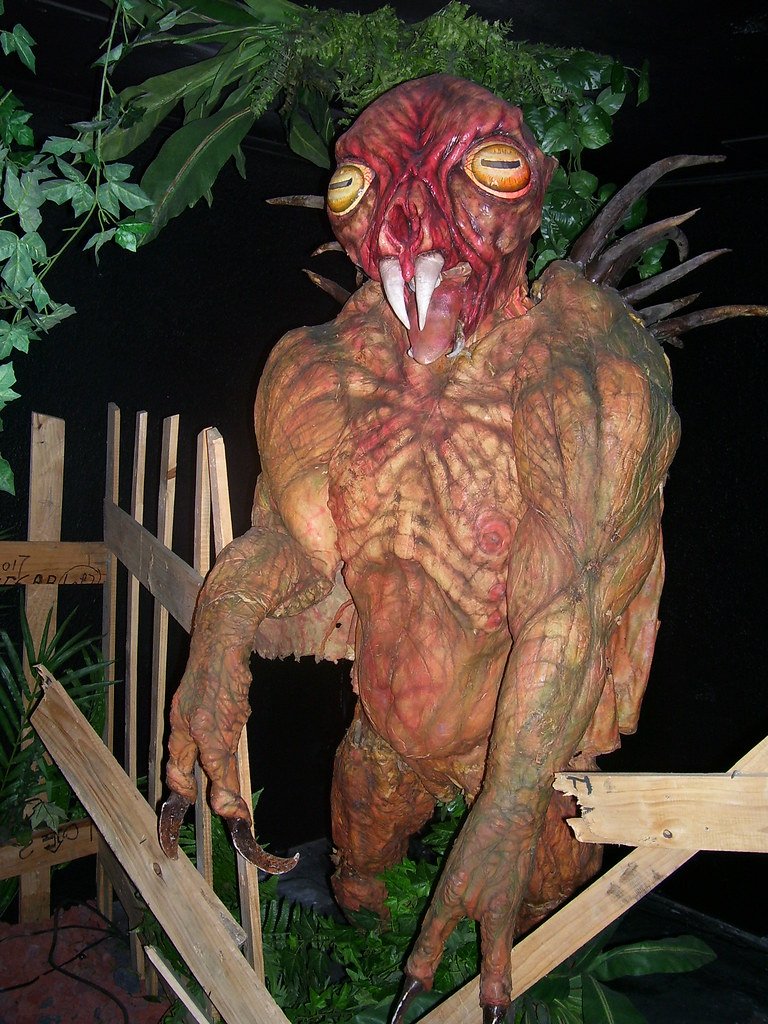
What made the chupacabra legend so captivating were the mysterious deaths of livestock. Farmers would find goats, chickens, and sheep with puncture wounds and reportedly “completely drained” of blood. This gruesome detail set the chupacabra apart from other cryptids—the idea of a vampire beast prowling the fields at night is the stuff of nightmares. But upon closer inspection, veterinarians and scientists found that many of these animals still had plenty of blood left in their bodies. The apparent lack of blood was usually due to the way wounds appeared or the way corpses decomposed, not because something had actually sucked them dry. Still, these shocking discoveries were enough to keep the rumors alive, feeding the fear that something unnatural was stalking the countryside.
Media Frenzy: How the Chupacabra Captured the World’s Imagination
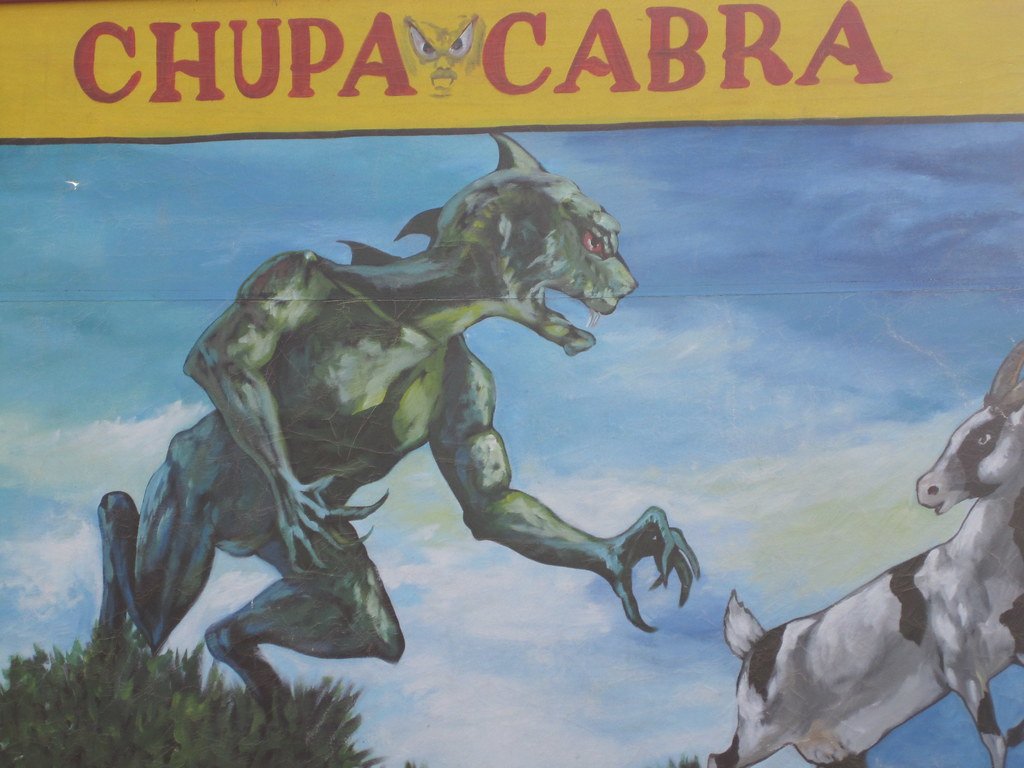
The chupacabra became a media sensation almost instantly. Tabloid newspapers ran lurid headlines, TV news crews interviewed frightened farmers, and documentaries speculated about alien invaders and government cover-ups. The story was irresistible—a modern monster, a mystery waiting to be solved, and a sense of danger lurking just outside the safety of home. Hollywood and pop culture quickly followed, with the chupacabra appearing in cartoons, movies, and even video games. The legend grew bigger with every retelling, gaining new powers and more outlandish descriptions. This whirlwind of attention made it almost impossible to separate fact from fiction, as each new report seemed to fuel the fire rather than provide clarity.
Canine Culprits: Science Steps In

When scientists began to investigate chupacabra reports, a surprising pattern emerged. Many of the so-called chupacabra carcasses turned out to be coyotes, dogs, or foxes suffering from severe mange—a skin disease caused by parasitic mites that leads to hair loss and thickened, scabby skin. These sick animals looked almost unrecognizable, their emaciated bodies and patchy skin fitting the monster narrative perfectly. Forensic analysis of alleged chupacabra victims showed bite marks consistent with common predators, not with a mythical vampire beast. The “goat-sucker” was, in most cases, just a desperate wild animal struggling to survive in a changing environment.
Misidentification: Monsters in the Shadows
The power of suggestion is strong—when people expect to see a monster, they often do. In the dark, a coyote with mange can look like something straight out of a nightmare, especially if you’re already on edge from hearing local legends. This phenomenon, called “expectant attention,” can lead to honest people swearing they saw a chupacabra when they actually encountered a sick animal or even a discarded, weathered carcass. The human brain is wired to find patterns and meaning, even where none exists, which helps explain why chupacabra sightings persist despite the lack of hard evidence. It’s a case of our minds playing tricks on us, turning the ordinary into the extraordinary.
Vampire Lore: Old Myths, New Monsters
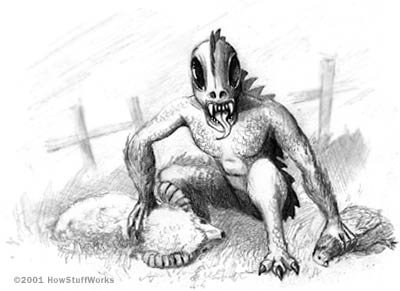
The idea of blood-sucking creatures is nothing new. From the vampires of Eastern Europe to the mythical lechuzas in Mexico, tales of deadly predators have haunted humanity for centuries. The chupacabra is just the latest incarnation of an age-old fear: that something out there wants to drain us of life. What makes the chupacabra unique is how it combines elements from folklore, science fiction, and real-life animal attacks into a single, unforgettable story. It’s a modern monster for a modern age—born not in ancient forests, but in the glare of television cameras and the echo chambers of the internet.
Geographic Spread: From Puerto Rico to the World
While the chupacabra legend started in Puerto Rico, it didn’t stay there for long. Reports quickly cropped up in Mexico, the southern United States, and even as far as Russia and the Philippines. Each new location added its own twist to the story, with the creature taking on different forms and habits depending on local wildlife and fears. In Texas, for example, ranchers blamed mysterious livestock deaths on chupacabras that looked suspiciously like mangy coyotes. This global spread is a fascinating example of how myths can adapt and thrive in new environments, reflecting local anxieties while still tapping into universal human fears.
The Role of Social Media: Legends in the Digital Age
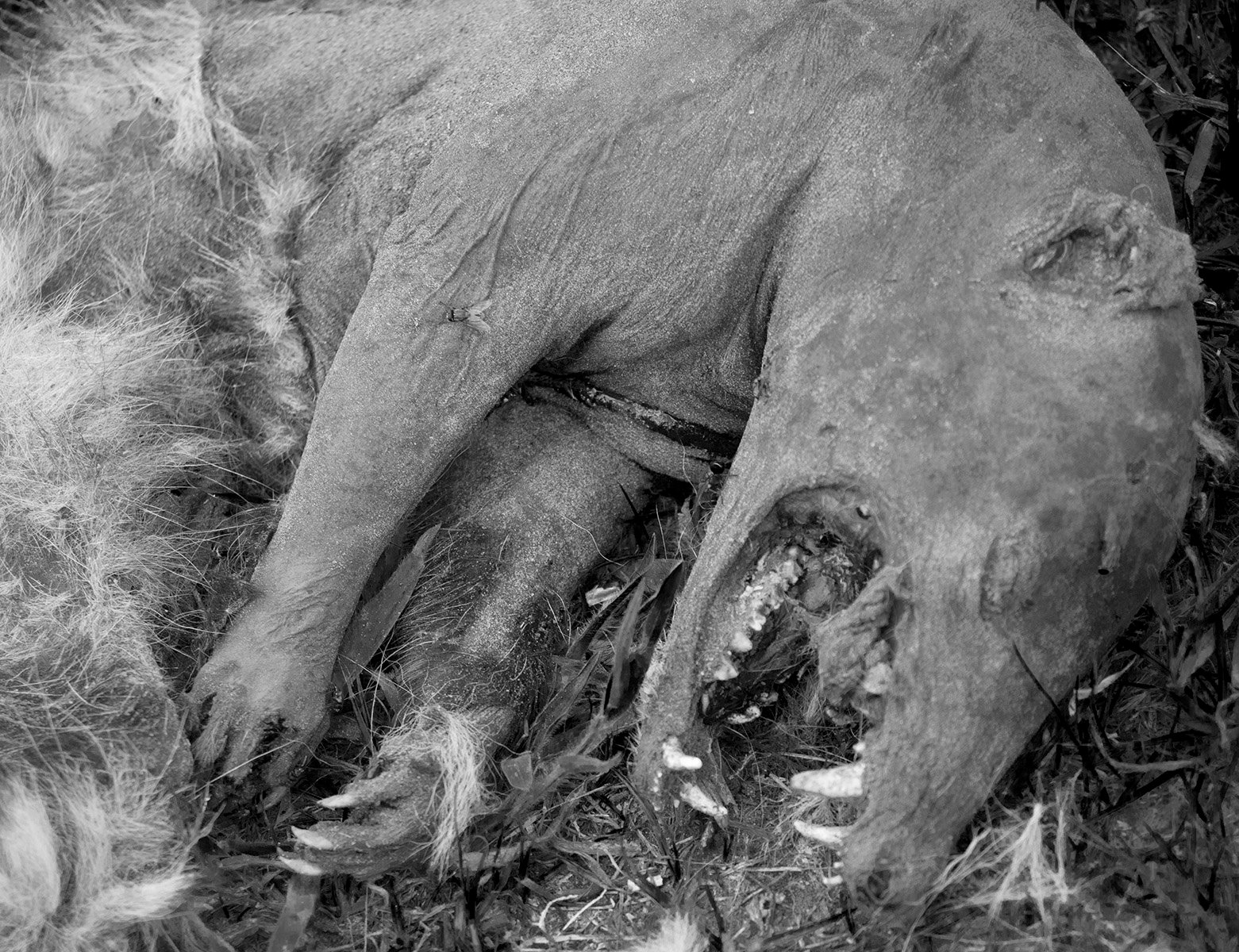
The rise of the internet and social media gave the chupacabra myth new life. Online forums, YouTube channels, and Facebook groups became echo chambers for sightings, theories, and blurry photos. Viral stories could reach millions in hours, each retelling making the legend grow stronger and more bizarre. The lines between fact and fiction blurred, as digital manipulation and “fake news” became part of the storytelling process. In this new landscape, the chupacabra became more than just a monster—it became a symbol of how quickly information (and misinformation) can travel in the modern world.
Scientific Investigations: Chasing the Truth

Despite the sensationalism, scientists have taken chupacabra reports seriously. Biologists, veterinarians, and forensic experts have examined carcasses, analyzed bite marks, and tested DNA samples. Again and again, the evidence pointed to familiar animals—dogs, coyotes, raccoons—rather than an undiscovered species. In some cases, the supposed “bloodsucking” was simply the result of predatory behavior by known animals, or even scavenging by birds and insects after death. These investigations highlight the importance of critical thinking and scientific rigor in the face of extraordinary claims.
Parasitic Diseases: The Real Villains

Mange and other parasitic diseases are devastating for wild animals. They cause hair loss, skin infections, and often force animals to hunt in daylight or approach human settlements out of desperation. These pitiful creatures, stumbling through fields and yards, can easily be mistaken for monsters—especially when seen at night or in poor light. By understanding the biology of these diseases, we gain compassion for the real victims: the animals themselves, struggling to survive in a world that often misunderstands and fears them.
Livestock Attacks: Nature, Not the Supernatural
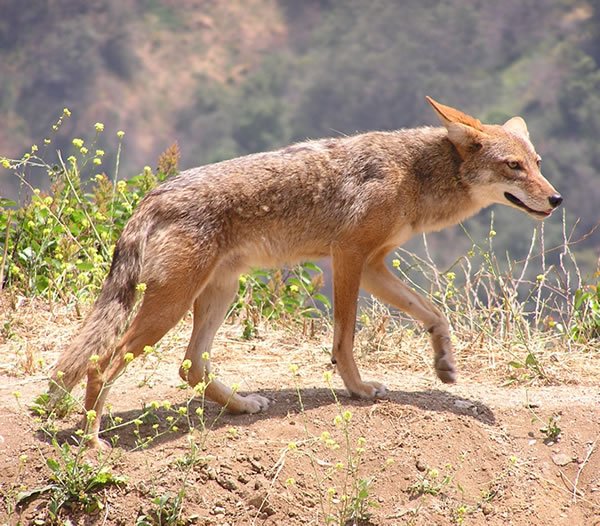
Livestock deaths are a hard reality for farmers around the world, and predators like coyotes, dogs, and even large birds are often to blame. The wounds they leave can be shocking, but they are almost always explainable through careful investigation. When animals die suddenly, blood can pool or drain in ways that look mysterious, especially to those without veterinary training. The urge to blame a supernatural culprit is understandable—it’s easier to fear a monster than to accept the harsh realities of nature and animal predation.
Psychology of Fear: Why We Need Monsters
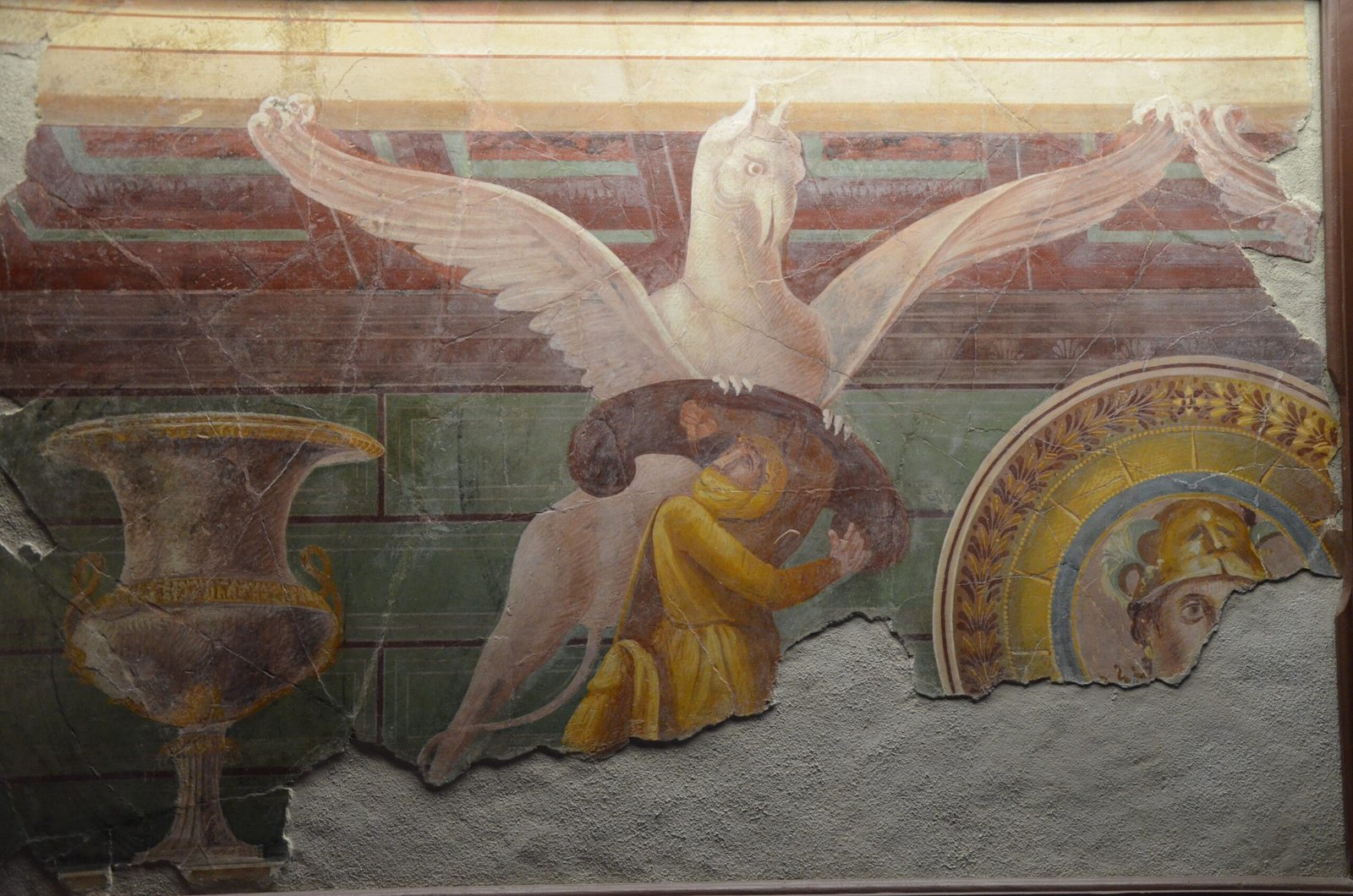
Monsters like the chupacabra serve a psychological purpose. They give form to our fears, provide explanations for the unexplainable, and add excitement to the ordinary. In times of stress or uncertainty, people are more likely to believe in and report strange phenomena. This is especially true in rural areas facing economic hardship, environmental change, or social upheaval. The chupacabra may be a myth, but it reflects real anxieties about security, survival, and the unknown.
Pop Culture Phenomenon: The Chupacabra Takes Center Stage
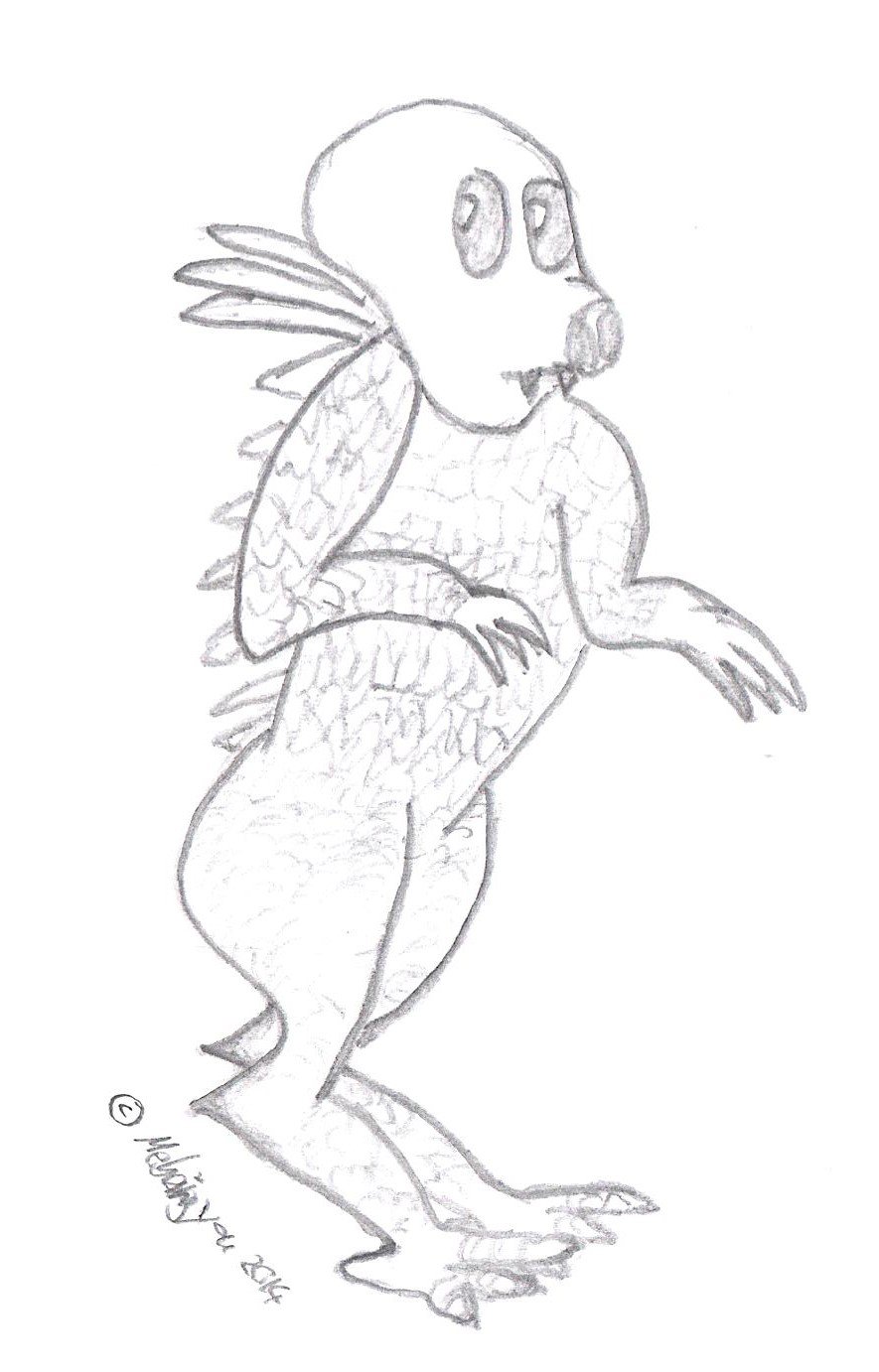
From horror movies to late-night TV jokes, the chupacabra has become a pop culture icon. Its image appears on everything from T-shirts to energy drinks, and it’s been featured in shows like The X-Files and Scooby-Doo. This widespread presence has helped keep the legend alive, introducing new generations to the “goat-sucker” and ensuring its place in the pantheon of modern monsters. The chupacabra is more than just a scary story—it’s a brand, a meme, and a shared symbol of our fascination with the unknown.
Cryptozoology: The Search for Hidden Animals
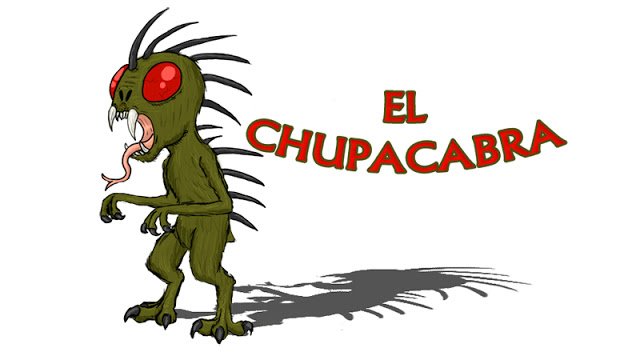
The field of cryptozoology—the study of unknown or hidden animals—thrives on stories like the chupacabra. While most mainstream scientists remain skeptical, cryptozoologists argue that new species are discovered all the time, and that some legends may have a basis in reality. The chupacabra has inspired countless expeditions, documentaries, and amateur investigations, turning curious minds into backyard explorers. While the evidence rarely matches the hype, the spirit of discovery remains alive and well.
Lessons from the Chupacabra: Science vs. Sensationalism

The chupacabra story is a cautionary tale about the dangers of sensationalism and the importance of evidence. It teaches us to question extraordinary claims, to look for natural explanations before jumping to supernatural ones, and to understand how easily myths can take root when fear and uncertainty are in the air. By examining the chupacabra legend through a scientific lens, we learn not just about one monster, but about the nature of belief itself.
The Enduring Allure: Why We Still Believe

Despite decades of debunking, the chupacabra continues to captivate imaginations around the world. There’s something irresistible about the idea of a hidden predator, a creature just out of sight that defies explanation. The legend persists because it taps into deep-seated fears and a longing for mystery in an increasingly explained world. For many, believing in the chupacabra is a way to keep the unknown alive—a reminder that, even in the age of science, there are still shadows where monsters might lurk.
A Call to Curiosity: Embracing Wonder and Skepticism
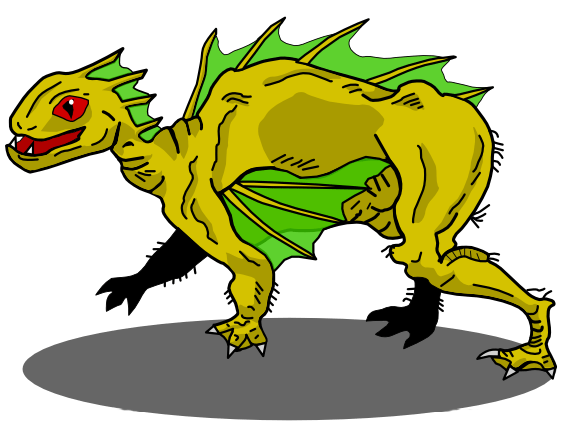
The chupacabra may be a myth, but its story urges us to stay curious, to ask questions, and to seek the truth behind the tales. The next time you hear a bump in the night or stumble across a strange story, let it spark your imagination—but don’t forget to look for the facts hiding beneath the fear. Are you more likely to believe in monsters, or in the power of science to explain the unknown?



